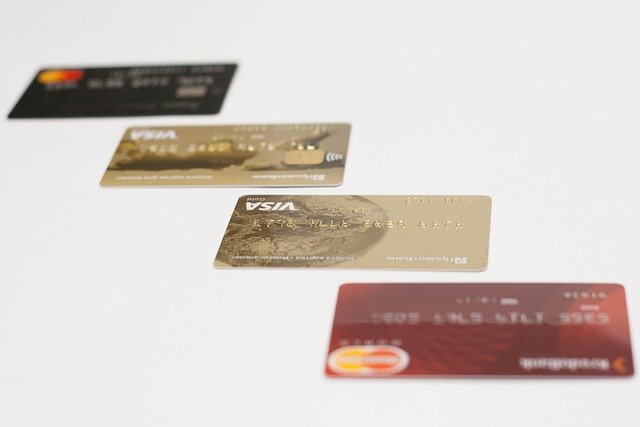Black Friday Mobile Trends
During the Black Friday period, mobile providers may adjust their standard service plans. These plan revisions can sometimes provide customers with a different set of features and data allowances compared to their usual offerings. This allows for an evaluation of one's current mobile service needs.

The intersection of Black Friday and mobile technology has created distinct market patterns that influence everything from carrier pricing strategies to device manufacturer launch schedules. These trends reflect broader changes in consumer expectations and industry competition.
How Black Friday Mobile Plans Drive Market Competition
Mobile carriers use Black Friday as a strategic opportunity to attract new customers and retain existing ones through competitive plan offerings. Major wireless providers typically introduce limited-time promotions that include reduced monthly fees, waived activation charges, or enhanced data allowances. These promotional periods often coincide with the release of annual device refreshes, creating bundled opportunities for consumers seeking both new hardware and service upgrades.
Carrier competition intensifies during this period, with providers matching or exceeding competitor offers to maintain market share. The promotional landscape typically includes family plan discounts, trade-in bonuses, and prepaid service incentives that extend beyond the traditional Black Friday weekend.
Black Friday Mobile Deals: Device and Service Bundling Strategies
The bundling of devices with service plans represents a significant trend in Black Friday mobile offerings. Carriers frequently offer substantial discounts on flagship smartphones when customers commit to multi-year service agreements or switch from competing networks. These deals often include additional perks such as streaming service subscriptions, international calling credits, or premium technical support.
Manufacturers coordinate with carriers to maximize the impact of these promotional periods, sometimes offering exclusive color variants or storage configurations specifically for Black Friday sales. The timing of these promotions creates concentrated purchasing periods that can represent 20-30% of annual device sales for some carriers.
Black Friday Mobile Carrier Plans: Promotional Structures and Terms
Carrier promotional structures during Black Friday typically follow predictable patterns, with most major providers offering tiered discounts based on line quantities and commitment levels. Family plans receive the most aggressive pricing, reflecting the higher lifetime value of multi-line accounts. Single-line promotions focus on attracting switchers from competing networks through port-in credits and device trade-in bonuses.
These promotional plans often include temporary rate locks, protecting customers from price increases for specified periods. However, promotional rates may revert to standard pricing after initial terms expire, making it essential for consumers to understand long-term costs beyond the introductory period.
Pricing Analysis and Provider Comparisons
Black Friday mobile promotions create significant cost savings opportunities across all major carriers, though specific offers vary considerably between providers and change annually.
| Provider | Typical Promotion Type | Average Savings | Key Features |
|---|---|---|---|
| Verizon | Device trade-in credits | $400-800 off devices | Premium network access, 5G coverage |
| AT&T | Family plan discounts | $20-40/month reduction | HBO Max inclusion, international options |
| T-Mobile | Switcher incentives | $200-600 port-in credits | Netflix included, no annual contracts |
| Sprint/T-Mobile | Merger promotions | Legacy plan preservation | Grandfathered pricing, network upgrades |
Prices, rates, or cost estimates mentioned in this article are based on the latest available information but may change over time. Independent research is advised before making financial decisions.
Consumer Behavior Patterns During Mobile Shopping Events
Black Friday mobile shopping exhibits distinct consumer behavior patterns that differ from general retail trends. Mobile purchases show higher online completion rates, with many customers researching deals extensively before visiting physical stores for final transactions. The complexity of mobile service contracts leads to longer consideration periods, even during high-pressure promotional windows.
Consumers increasingly compare total cost of ownership rather than focusing solely on device prices, considering monthly service fees, taxes, and additional charges when evaluating Black Friday offers. This shift toward comprehensive cost analysis has prompted carriers to provide more transparent pricing information during promotional periods.
Long-term Industry Impact of Holiday Mobile Promotions
The concentration of mobile sales during Black Friday creates lasting effects on industry dynamics throughout the following year. Carriers adjust their standard pricing strategies based on promotional performance, often incorporating successful Black Friday elements into regular offerings. The customer acquisition costs during these events influence carrier profitability projections and network investment decisions.
These promotional periods also accelerate technology adoption, with discounted 5G devices and plans driving faster network utilization than organic growth patterns would typically support. The industry uses Black Friday data to forecast demand for emerging technologies and adjust infrastructure investments accordingly.
Black Friday mobile trends continue evolving as carriers adapt to changing consumer preferences and competitive pressures. The integration of device financing, service bundling, and promotional pricing creates complex value propositions that require careful evaluation. Understanding these patterns helps consumers navigate the increasingly sophisticated mobile marketplace while carriers refine their strategies for maximum market impact.




